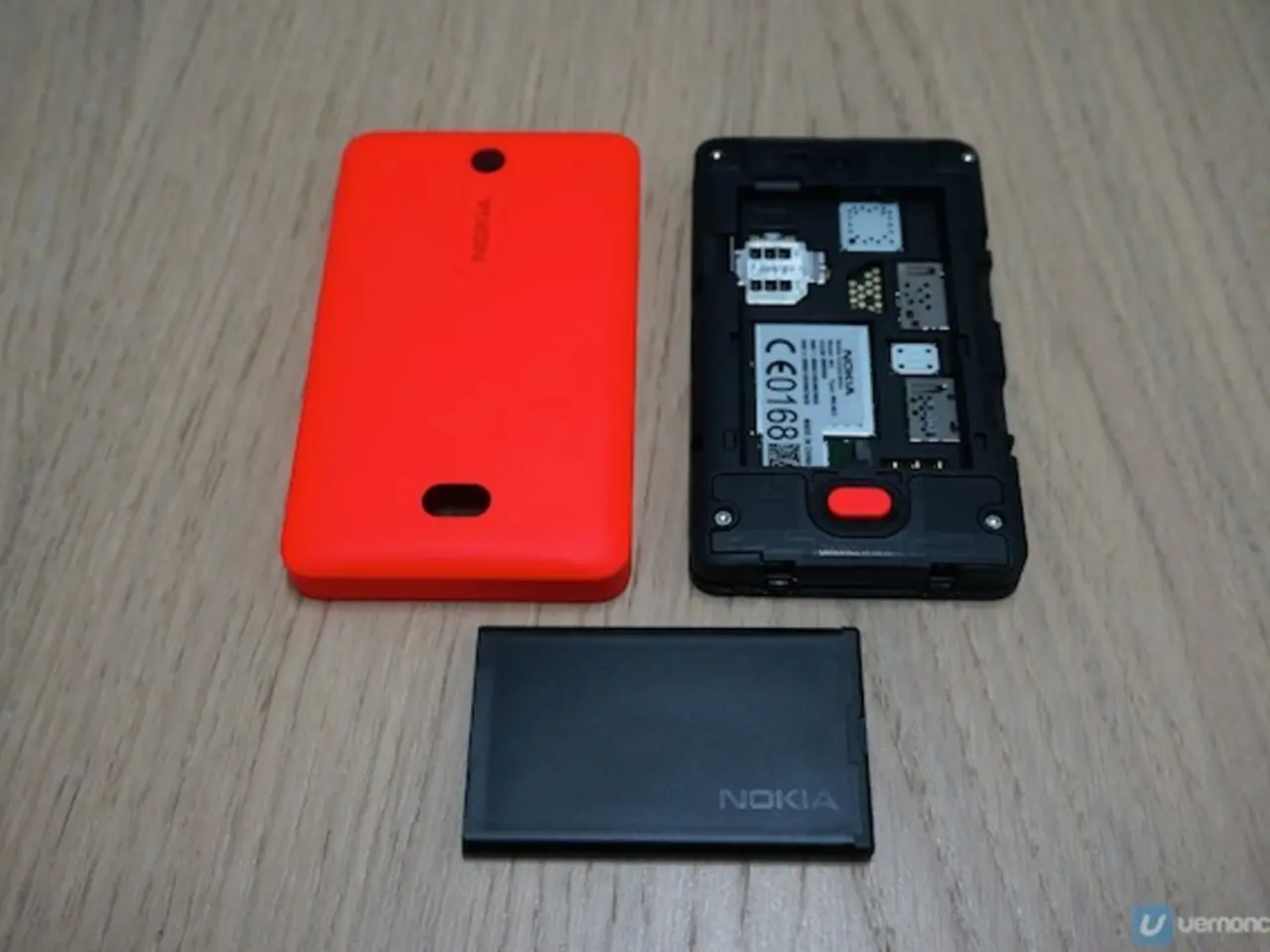Lithium-Ion Battery Lifespan Enhancement Due to Predictive Management Techniques
Texas Instruments (TI) has taken a significant leap in battery management technology with the introduction of its Dynamic Z-Track™. This innovative predictive battery management system (BMS) promises improved accuracy, reliability, and efficiency in devices such as laptops, e-bikes, and data centers[1][3][5].
Traditional battery management methods, which typically use fixed or slowly updated internal resistance models and low-frequency impedance tracking, are best suited for scenarios where the load remains constant or changes only slightly[2]. However, under rapidly changing or unpredictable load conditions, these methods can struggle to maintain accuracy, leading to errors in remaining capacity estimation and potential battery life drops or premature device shutdowns[3][5].
TI's Dynamic Z-Track technology, on the other hand, employs a predictive, adaptive algorithm that continuously updates the internal resistance of the battery in real time, even under rapidly changing or unpredictable load conditions[1][3][5]. This proactive updating maintains accuracy close to 99%, improving reliability, fault detection, and protection functions of the BMS[1][3][5].
The BQ41Z90 and BQ41Z50 fuel gauge ICs, developed by TI, support this groundbreaking technology. These highly integrated battery gauges, monitors, and protectors reduce PCB space and complexity while supporting up to 16 battery cells in series[3][5]. The BQ41Z90 features a pair of high-precision analog-to-digital converters (ADCs) for faster sampling rates of voltage and current, enabling real-time battery monitoring and management[3][5].
Dynamic Z-Track solves the problem of traditional battery-management ICs struggling to capture impedance when faced with fast-changing load currents[4]. By estimating remaining capacity and remaining lifespan more accurately, TI's new algorithm can maximize both metrics[6].
In addition to improved battery life estimation, Dynamic Z-Track potentially provides a more realistic measure of a battery's remaining capacity, capturing impedance under actual load conditions[5]. This is crucial due to the capacity degradation of the battery over time, which also causes resistance to rise[7]. TI's current Impedance Track algorithm uses resistor-capacitor (RC) models of battery cells to enable accurate resistance measurements[8].
The benefits of Dynamic Z-Track extend beyond portable devices and e-bikes. It is equally important in backup battery units (BBUs) in data centers, handling large instantaneous current changes during computationally intense tasks[1].
In conclusion, Texas Instruments' Dynamic Z-Track technology offers a significant advancement in battery management, providing more precise battery life estimation, longer runtime, and improved reliability compared to traditional reactive, fixed-parameter methods[1][3][5].
Technology like Texas Instruments' Dynamic Z-Track offers a significant advantage over traditional methods in handling rapidly changing or unpredictable load conditions, as it provides improved accuracy and reliability in battery management systems. This technology, used in devices such as laptops, e-bikes, and data centers, can maintain accuracy close to 99%, leading to improved reliability, fault detection, and protection functions.




